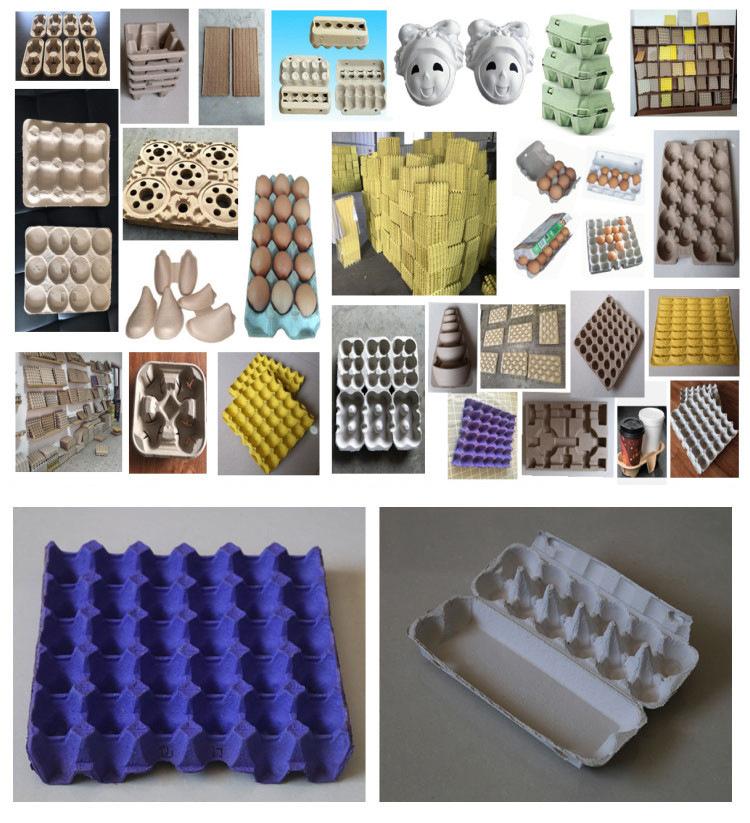Efficient Automated Meat Processing Solutions for Modern Slaughter Facilities
Oct . 11, 2024 16:31 Back to list
Efficient Automated Meat Processing Solutions for Modern Slaughter Facilities
The Evolution and Significance of Automatic Slaughter Lines
In recent years, the meat processing industry has undergone significant transformations, driven by advancements in technology and changes in consumer demands. One of the most notable developments has been the introduction and evolution of automatic slaughter lines. These systems have revolutionized the way livestock is processed, ensuring increased efficiency, improved hygiene, and enhanced animal welfare.
Understanding Automatic Slaughter Lines
Automatic slaughter lines are integrated systems that automate the various stages of animal processing. This includes everything from the initial handling of livestock to packaging the final meat product. The core components of an automatic slaughter line typically include stunning equipment, bleeding systems, scalding tanks, dehairing machines, evisceration equipment, and cutting stations. By mechanizing these processes, facilities can achieve a higher throughput while maintaining consistent quality and safety standards.
Increasing Efficiency and Productivity
Historically, meat processing was a labor-intensive task that relied heavily on manual labor. However, with the integration of automatic slaughter lines, processing plants can now operate at unprecedented efficiency levels. These systems can process hundreds of animals per hour, significantly reducing the time taken from slaughter to market. This efficiency not only meets the increasing demand for meat products but also helps stabilize prices by lowering operational costs.
As a result of automation, workers can shift their focus from mundane tasks to more skilled roles, such as quality control and maintenance of machinery. This transition not only helps improve job satisfaction but also fosters a culture of innovation within processing plants.
Enhancing Hygiene and Safety
Food safety is paramount in the meat processing industry. Automatic slaughter lines contribute to enhanced hygiene by reducing human contact with the meat during processing. These systems are designed to minimize contamination risks, which is critical in preventing foodborne illnesses.
automatic slaughter line

Moreover, automated systems are often equipped with advanced sanitation technologies. Regular cleaning protocols can be incorporated into the operating schedule of the machinery, ensuring that every component is thoroughly sanitized without disrupting production. This level of hygiene is difficult to achieve in traditional manual processing environments, where human error can lead to lapses in sanitation practices.
Promoting Animal Welfare
Animal welfare has become an increasingly important issue for consumers and regulatory bodies alike. Automatic slaughter lines provide several advantages in this regard. For example, modern stunning equipment is designed to reduce the stress and suffering of animals prior to slaughter. Ensuring that animals are rendered unconscious quickly and humanely is a cornerstone of ethical meat production.
Furthermore, automated systems can streamline the handling of livestock, reducing the chances of injury during transport and processing. By minimizing human intervention during sensitive stages of the process, these lines contribute to a safer and more humane treatment of animals.
The Future of Automatic Slaughter Lines
As technology continues to advance, the future of automatic slaughter lines looks promising. Innovations in robotics, artificial intelligence, and machine learning are set to further enhance the efficiency and adaptability of these systems. For instance, AI can analyze data from the production line in real time, allowing for immediate adjustments to optimize performance and reduce waste.
Sustainability is another critical focus for the future. As concerns about the environmental impact of meat production grow, automatic slaughter lines can be designed to minimize waste and energy consumption. Efforts to recycle byproducts and use renewable energy sources in processing facilities will likely become standard practice.
In conclusion, automatic slaughter lines represent a significant step forward in the meat processing industry. They enhance efficiency, improve hygiene, and promote ethical treatment of animals, addressing many of the challenges faced by traditional methods. With ongoing technological advancements, these systems will continue to evolve, making meat production more sustainable and aligned with consumer expectations. The future of meat processing is not only about meeting demand but doing so in a principled and efficient manner that benefits both producers and consumers alike.
-
Hot Sale 24 & 18 Door Rabbit Cages - Premium Breeding Solutions
NewsJul.25,2025
-
Automatic Feeding Line System Pan Feeder Nipple Drinker - Anping County Yize Metal Products Co., Ltd.
NewsJul.21,2025
-
Automatic Feeding Line System Pan Feeder Nipple Drinker - Anping County Yize Metal Products Co., Ltd.
NewsJul.21,2025
-
Automatic Feeding Line System - Anping Yize | Precision & Nipple
NewsJul.21,2025
-
Automatic Feeding Line System - Anping Yize | Precision & Nipple
NewsJul.21,2025
-
Automatic Feeding Line System-Anping County Yize Metal Products Co., Ltd.|Efficient Feed Distribution&Customized Animal Farming Solutions
NewsJul.21,2025






